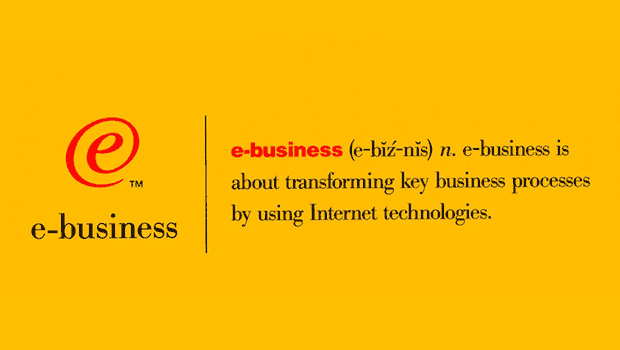A good companion piece to this morning's "IBM’s Old Playbook" (RHAT) by Ben Thompson at Stratechery.
From Andreessen Horowitz, February 2014:
Open source software powers the world’s technology. In the past decade, there has been an inexorable adoption of open source in most aspects of computing. Without open source, Facebook, Google, Amazon, and nearly every other modern technology company would not exist. Thanks to an amazing community of innovative, top-notch programmers, open source has become the foundation of cloud computing, software-as-a-service, next generation databases, mobile devices, the consumer internet, and even Bitcoin.
Yet, with all that momentum, there’s a vocal segment of software insiders that preach the looming failure of open source software against competition from proprietary software vendors. The future for open source, they argue, is as also-ran software, relegated to niche projects. It’s proprietary software vendors that will handle the really critical stuff.
So which is it? The success of technology companies using open source, and the apparent failure of open source is a head scratcher. Yet both are true, but not for the reasons some would have you believe. The success or failure of open source is not the software itself – it’s definitely up to the tasks required of it – but in the underlying business model.
It started (and ended) with Red Hat
Red Hat, the Linux operating system company, pioneered the original open source business model. Red Hat gives away open source software for free but charges a support fee to those customers who rely on Red Hat for maintenance, support, and installation. As revenue began to roll into Red Hat, a race began among startups to develop an open source offering for each proprietary software counterpart and then wrap a Red Hat-style service offering around it. Companies such as MySQL, XenSource, SugarCRM, Ubuntu, and Revolution Analytics were born in this rush toward open source.
Red Hat is a fantastic company, and a pioneer in successfully commercializing open source. However, beyond Red Hat the effort has largely been a failure from a business standpoint. Consider that the “support” model has been around for 20 years, and other than Red Hat there are no other public standalone companies that have been able to offer an alternative to their proprietary counterpart. When you compare the market cap and revenue of Red Hat to Microsoft or Amazon or Oracle, even Red Hat starts to look like a lukewarm success. The overwhelming success of Linux is disproportionate to the performance of Red Hat. Great for open source, a little disappointing for Red Hat.
There are many reasons why the Red Hat model doesn’t work, but its key point of failure is that the business model simply does not enable adequate funding of ongoing investments. The consequence of the model is minimal product differentiation resulting in limited pricing power and corresponding lack of revenue. As shown below, the open source support model generates a fraction of the revenue of other licensing models. For that reason it’s nearly impossible to properly invest in product development, support, or sales the way that companies like Microsoft or Oracle or Amazon can.
And if that weren’t tough enough, pure open source companies have other factors stacked against them. Product roadmaps and requirements are often left to a distributed group of developers. Unless a company employs a majority of the inventors of a particular open source project, there is a high likelihood that the project never gains traction or another company decides to create a fork of the technology. The complexities of defining and controlling a stable roadmap versus innovating quickly enough to prevent a fork is vicious and complex for small organizations.
To make matters worse, the more successful an open source project, the more large companies want to co-opt the code base. I experienced this first-hand as CEO at XenSource, where every major software and hardware company leveraged our code base with nearly zero revenue coming back to us. We had made the product so easy to use and so important, that we had out-engineered ourselves. Great for the open source community, not so great for us.
If you think this is past history and not relevant, I see a similar situation occurring today with OpenStack, and it is likely happening with many other successful open source projects. As an open source company, you are not only competing with proprietary incumbents, you are competing with the open source community itself. It’s a veritable shit-show....MORE







